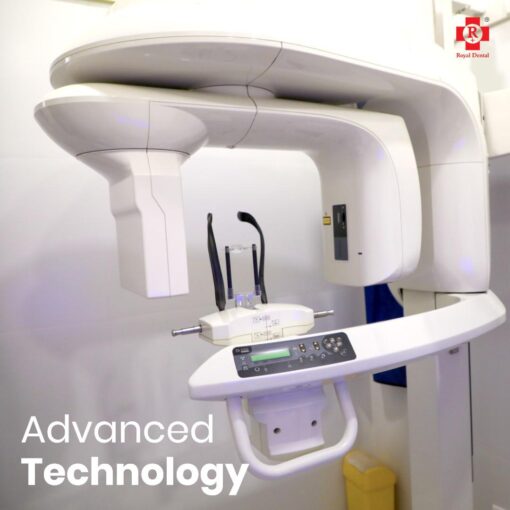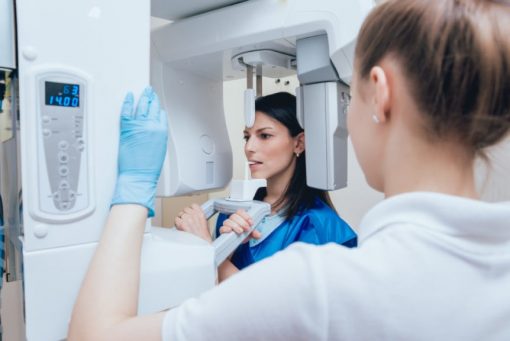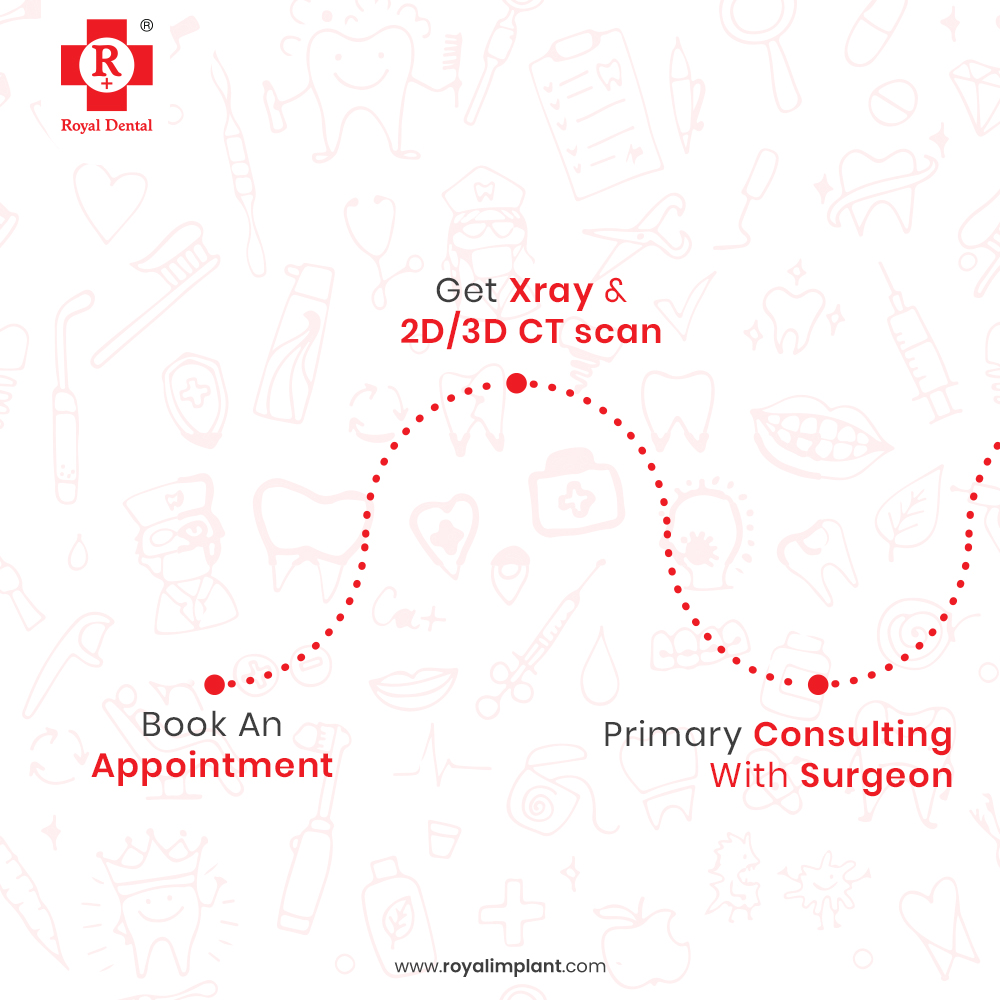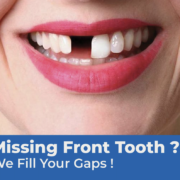Dental x-rays are a quick and easy way to detect cavities, bone damage, and other issues with your teeth and gums. Because they’re also non-invasive, they’re one of the safest ways to monitor the health of your teeth and gums over time. If you’ve just gotten braces or have been told by your dentist that you have a risk of developing gum disease or tooth decay, dental x-rays may be right for you. There are plenty of reasons why dentists recommend getting x-rays regularly, but it all boils down to preventing long-term issues that could cost a lot more in the future if left unaddressed.
Dental Cavities and Tooth Decay visible in X-ray
One of the most important functions of dental x-rays is detecting cavities and other forms of tooth decay. Unfortunately, not all cavities are easy to spot with the naked eye; this is where dental x-rays come in handy. If a cavity is detected early, it can often be treated with a simple filling, saving you the cost of a root canal in the future.

While you can’t spot all cavities with a dental x-ray. They can help spot signs of cavities forming (like a small crack in the tooth surface). If a cavity is caught early, it can often be treated by your dentist with a simple filling. If you ignore a tooth decay problem and let it worsen, you may end up having to have the tooth extracted. This can cost thousands of dollars, so it’s best to address any issues before they become serious.
Monitor the health of your gums
Not only do dental x-rays help detect cavities before they turn into major issues. But they can also be used to monitor the health of your gums. This can be useful for anyone who is at high risk for gum disease or has recently gotten braces. Dental x-rays can show if your gums are receding or if there are signs of a cavity forming in the teeth near your gums. If any issues are detected, your dentist can take preventive action like prescribing medication or adjusting your braces.
You may have to have a few dental x-rays taken over time to get a proper assessment. Some dentists will use dental x-rays to monitor the health of your gums by photographing the teeth and gums as they would appear if exposed. This allows dentists to see if there is any new or unusual growth on the gums. If something is detected, your dentist can perform a biopsy or other testing to determine its cause.
Confirm you have Straight Teeth | Dental X-ray
Dental x-rays can also be used to confirm that you have the teeth and bite you want. If you’re getting braces, for example, dental x-rays can be used to make sure your teeth are aligned correctly and that you don’t have any cavities or tooth decay on the teeth that will stay once your braces are removed. If you’re getting braces, it’s best to have dental x-rays taken before getting the braces put on. This is because braces can obscure some of the teeth during dental x-rays.

X-rays are images of the teeth and surrounding tissues that are taken using X-ray technology. They help dentists to diagnose and treat a variety of oral health problems that may not be visible during a routine exam.
Bitewing X-rays: These X-rays show the upper and lower molars and premolars.
Periapical X-rays: These X-rays show the entire tooth, from the crown to the tip of the root.
Panoramic X-rays: These X-rays show a panoramic view of the entire mouth, including the teeth, jawbone, sinuses, and nasal area.
X-rays use a small amount of ionizing radiation, which is safe when used as directed by a dentist. During the X-ray, a protective lead apron is usually placed over the chest to protect against radiation exposure. Dental X-rays are usually recommended at least once a year for most patients, but the frequency may be higher for those with a higher risk of oral health problems, such as those with a history of cavities or gum disease. Overall, dental X-rays are an important diagnostic tool that help dentists provide effective and comprehensive oral health care.
Find Dental problems before they grow via X-ray
Dental x-rays can also be used to find potential problems in your teeth or gums before they even cause symptoms. For example, dental x-rays can be used to find inflammation in your gums (called gingivitis) before it turns into periodontal disease. This can be especially useful for people at a high risk of developing gum disease. Dental x-rays can also be used to find cavities in your teeth before they turn into major problems. Unfortunately, cavities can often go undetected until they’re too far along to be treated easily or cheaply. If a cavity is detected early, it can often be treated with a simple filling. Saving you the cost of a root canal in the future.
Dental X-rays are an important diagnostic tool for dentists, as they allow them to see the structure of the teeth, gums, and jaws that is not visible during a routine oral exam. X-rays can help detect:
- Decay between the teeth
- Abscesses or cysts
- Tumors
- Bone loss
- Impacted teeth
- Decay beneath existing fillings
Summing up
All in all, dental x-rays are used to detect cavities and tooth decay. Monitor the health of your gums, confirm that you have straight teeth, and find problems before they become major issues. This can save you a lot of time and money in the long run by catching issues before they become serious.
When dealing with a potentially infected patient, such as during Covid-19. The doctors at Royal Dental Clinics stress the need of having an in-house X-ray or OPG/CBCT machine. Having an X-ray machine on-site means that reports and, by extension, a treatment plan. Can be generated quickly and without the patient having to make many stops. Therefore, Same-Day Dentistry is possible since, for the past 20 years. Royal Dental Clinics have followed this procedure of providing all dental services under one roof.






